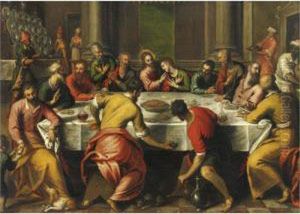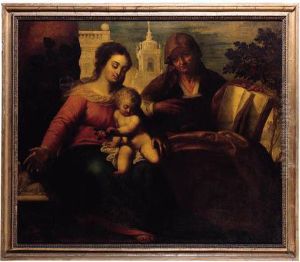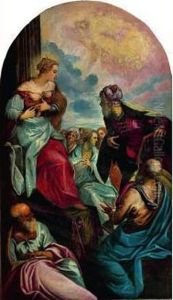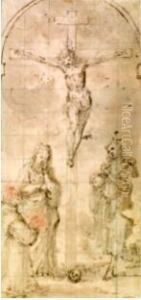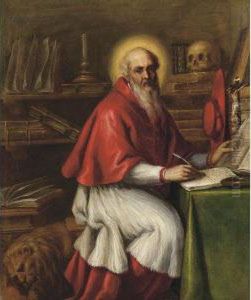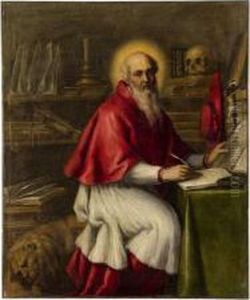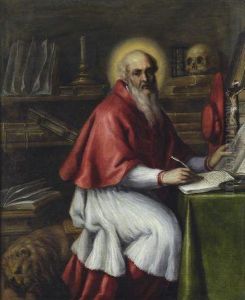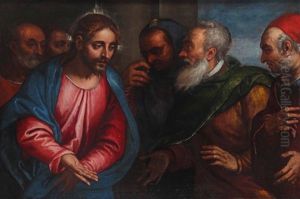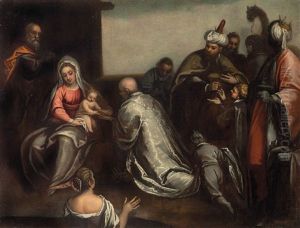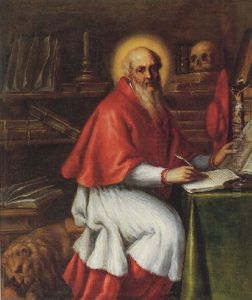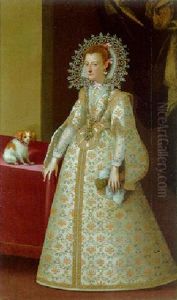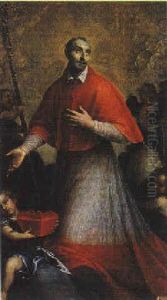Santo Peranda Paintings
Santo Peranda, also known as Sante Peranda, was an Italian painter of the late-Renaissance or Mannerist period, who is lesser known compared to the towering figures of his time. Born in 1580 in Venice, Italy, he was a part of the Venetian school of painting which was renowned for its vibrant color and loose brushwork, characteristics that would also influence his style.
Peranda’s training and early work are not well documented, but he is believed to have been a pupil of the prominent Venetian painter Palma il Giovane. His early career was marked by his work in Venice and his style was characterized by the dramatic use of light and shadow, and a certain dynamism that was common among the artists in the region during that period.
Throughout his career, Peranda painted various religious and historical subjects. His works were known for their expressiveness and the dynamic compositions. Notable examples of his art include the 'Miracle of the Loaves and Fishes' and 'The Martyrdom of St. Stephen'. These works exhibit his ability to blend the Mannerist style with the emerging Baroque sensibility, particularly in his later works.
Despite his talent, Peranda did not achieve the same level of fame as some of his contemporaries, such as Titian or Tintoretto. Nevertheless, he made significant contributions to the art of his time, and his paintings can still be seen in churches and collections in Venice and elsewhere in Italy. Peranda's work was a reflection of the transitional period in which he lived, bridging the gap between the Renaissance and the Baroque era in Italian art.
Santo Peranda's death occurred in 1638 in Venice. Although his name might not be as recognizable as some of his peers, his paintings continue to be appreciated for their historical value and artistic merit. His legacy persists in the art historical narrative as a representation of the Venetian school's evolution during a transformative period in European art.
